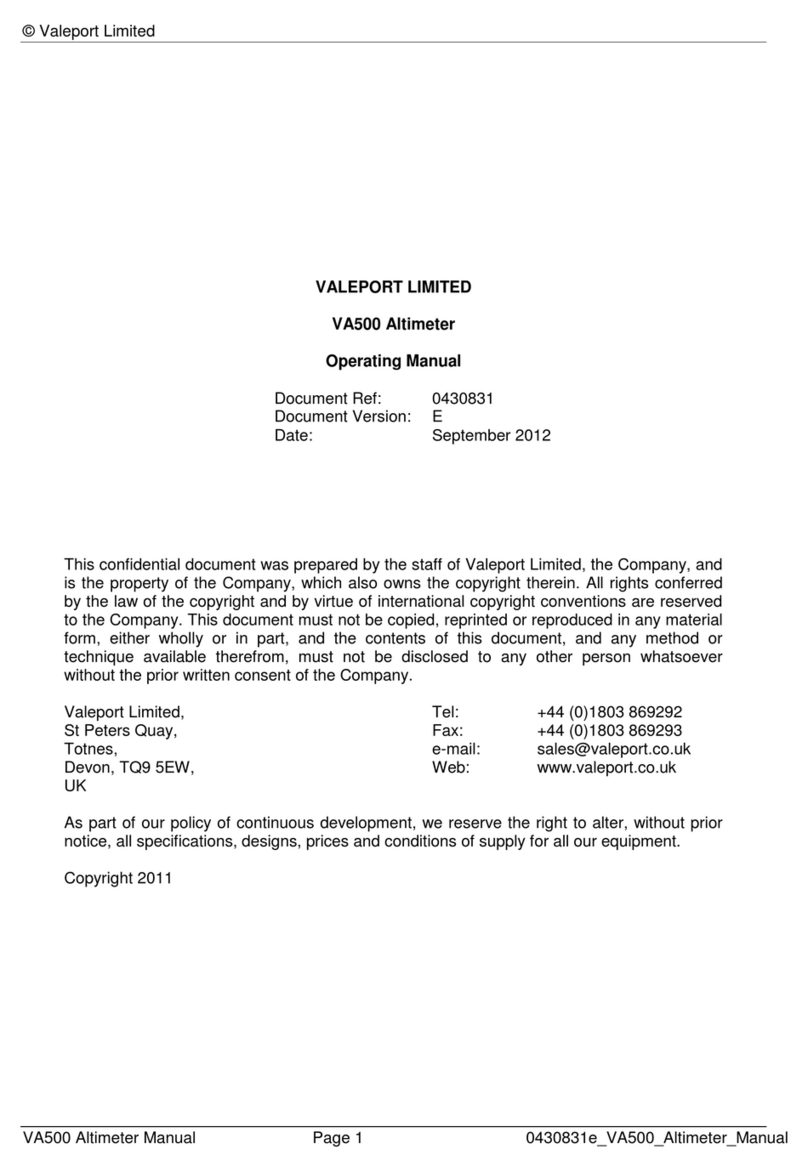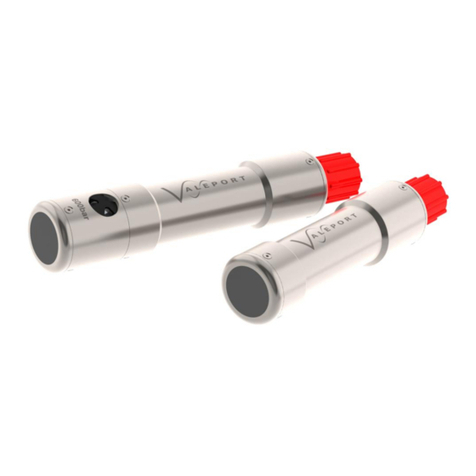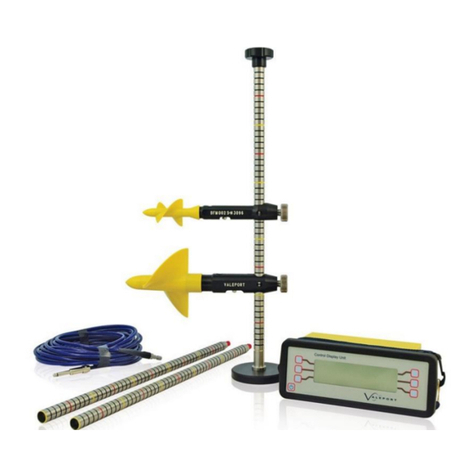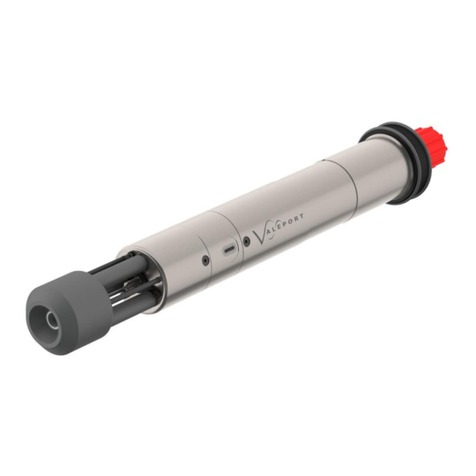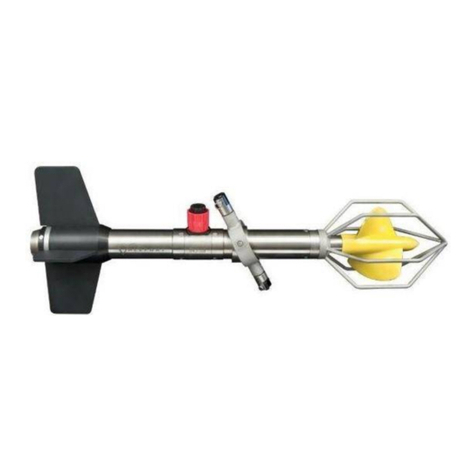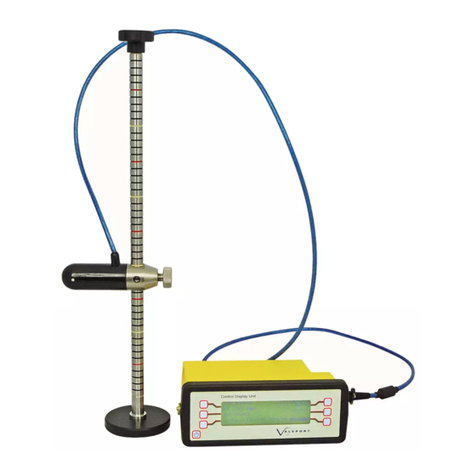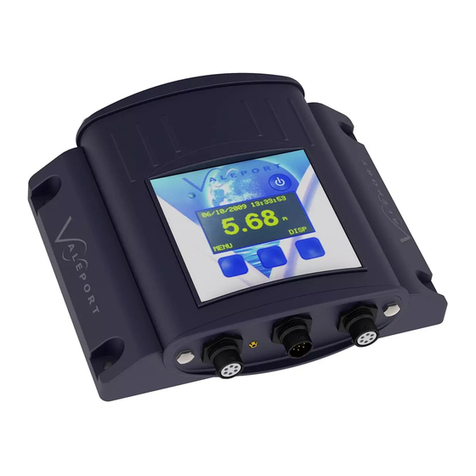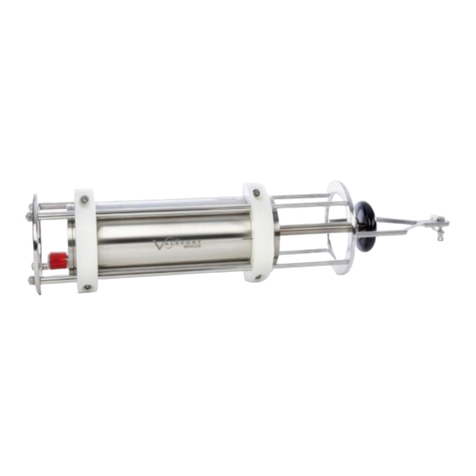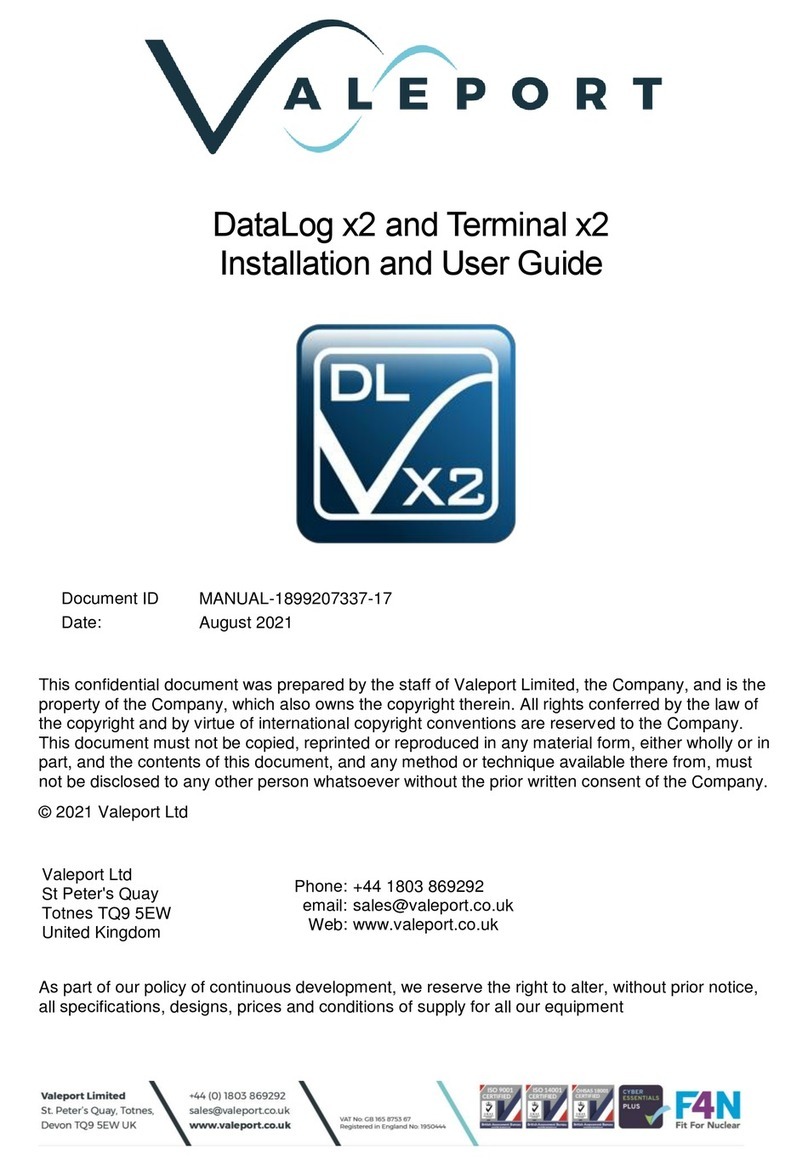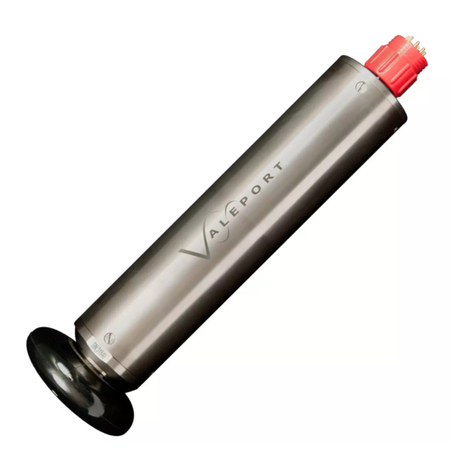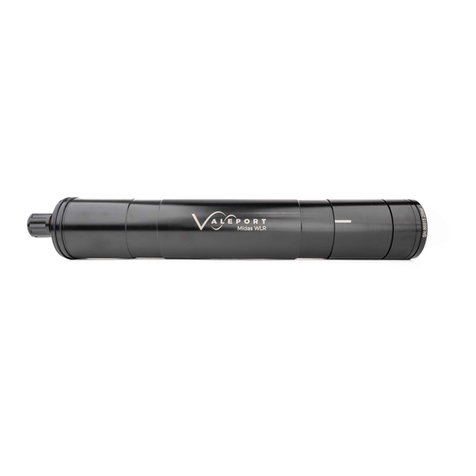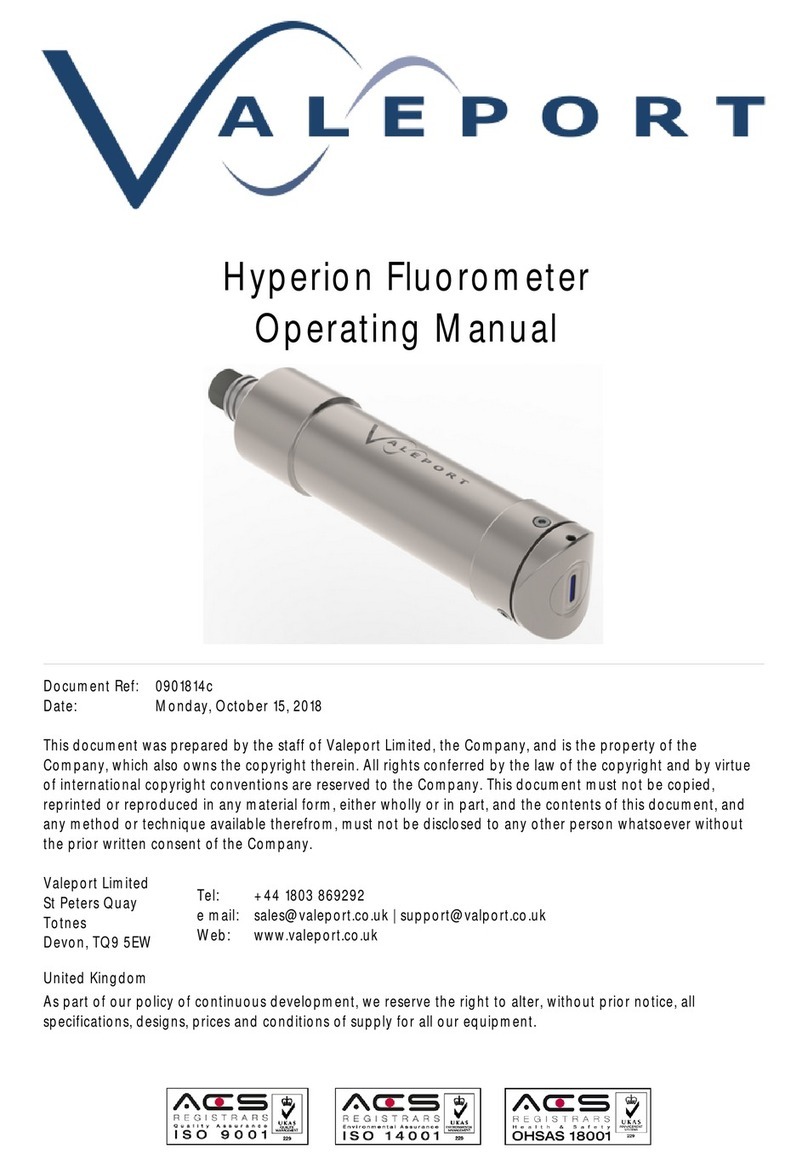
Table of Contents
© 2019 Valeport Ltd Page 2
Table of Contents
..................................................................................................................................... 41. EU Declaration of Conformity - CE Marking
.................................................................................................................................... 51.1. CE Marking -Standard Equipment
.................................................................................................................................... 61.2. CE Marking -Bluetooth Equipment
..................................................................................................................................... 82. Introduction
..................................................................................................................................... 93. Specifications
.................................................................................................................................... 93.1. Dimensions
.................................................................................................................................... 93.2. Connections
.................................................................................................................................... 103.3. Power
.................................................................................................................................... 103.4. Acoustic Frequency(miniSVP)
.................................................................................................................................... 103.5. Memory
.................................................................................................................................... 103.6. Output
.................................................................................................................................... 103.7. Operating Modes
.................................................................................................................................... 113.8. Performance
..................................................................................................................................... 124. Data Requests and Output Formats
.................................................................................................................................... 124.1. Stop Command
.................................................................................................................................... 124.2. Baud Rates
.................................................................................................................................... 124.3. Run Commands (miniSVP & miniCTD only)
.................................................................................................................................... 134.4. Run Commands(miniTIDE only)
.................................................................................................................................... 134.5. Pressure Units
.................................................................................................................................... 134.6. Pressure Tare
.................................................................................................................................... 134.7. Site Information
.................................................................................................................................... 144.8. Instrument Information
.................................................................................................................................... 144.9. Logger Control
.................................................................................................................................... 144.10. Data Formats
..................................................................................................................................... 165. Deployment
.................................................................................................................................... 165.1. Cage.................................................................................................................................... 175.2. Clamp
..................................................................................................................................... 186. Battery Life
.................................................................................................................................... 186.1. miniSVP & miniCTD
.................................................................................................................................... 18
6.1.1 Operation with Bluetooth
.................................................................................................................................... 186.2. miniTIDE
.................................................................................................................................... 196.3. Changing Batteries
